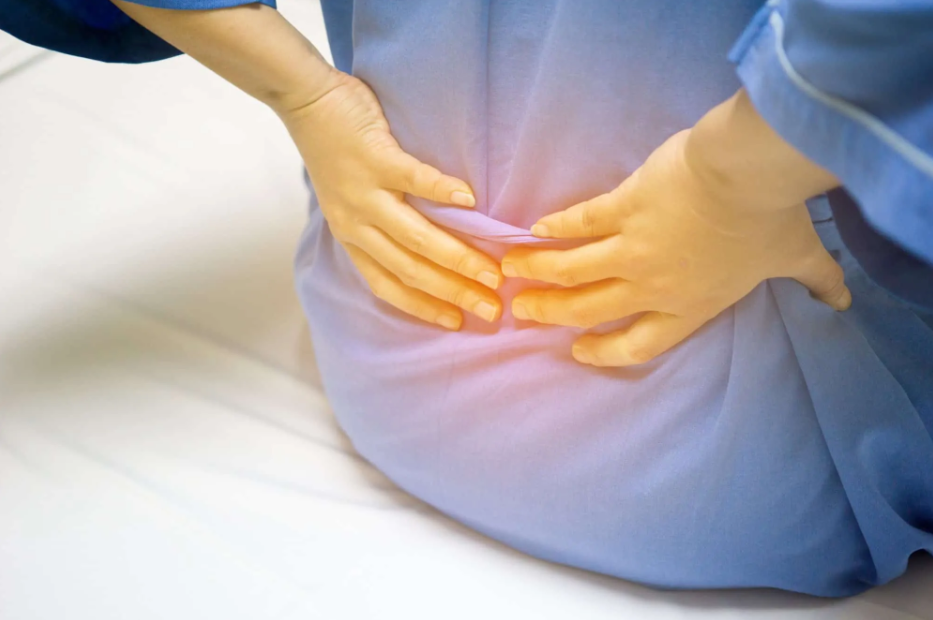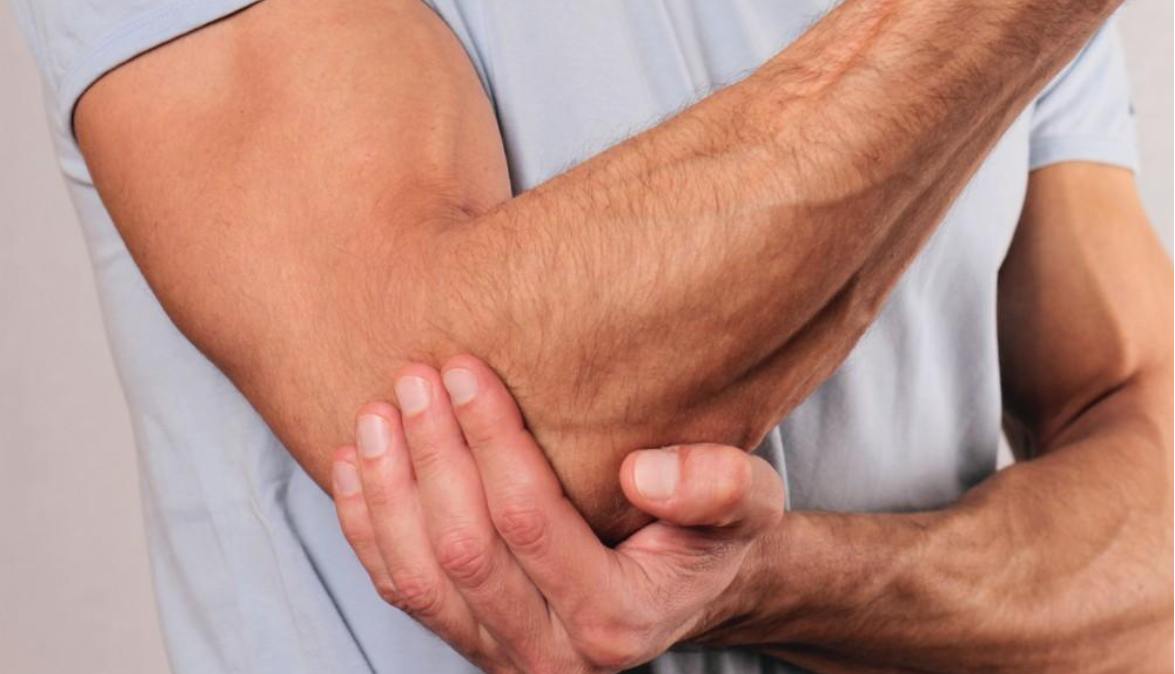
SPECIALITIES
ALL OTHER SPECIALITIES
BALANCE AND FALL PREVENTION
I offer both fall recovery and fall prevention training to help you feel more confident and in control of your body. In fall recovery training, we work at the edge of losing balance so you can safely practice how to catch yourself and recover your footing. In fall prevention training, we challenge your brain and body by altering how you perceive your environment—this increases sensory feedback to your nervous system and sharpens your ability to respond to changes in balance.
Together, these methods lead to stronger balance, quicker reactions, and fewer falls—resulting in greater safety and confidence in daily life.
CARPAL TUNNEL SYNDROME (CTS)
Recovery often focuses on restoring proper core function through neuromuscular re-education, helping the body re-engage and coordinate the deep abdominal muscles for better support and stability.Carpal Tunnel Syndrome (CTS) is often more complex than it seems. In many cases, it's not just compression at the wrist but a series of myofascial restrictions along the arm that contribute to nerve entrapment—including areas higher up near the brachial plexus, the major nerve network that runs from the neck to the shoulder.
Contributing factors can include poor posture, carrying heavy items over the shoulder, or even the presence of a cervical (extra) rib. A thorough assessment is essential to identify all contributing sources, as CTS symptoms often stem from multiple areas of soft tissue tightness and neural tension.
DIASTASIS RECTI
This condition involves a separation of the connective tissue along the midline of the abdomen, allowing the abdominal wall to bulge or “pooch” outward. It most commonly occurs during or after pregnancy but can also result from significant weight gain in both men and women.
Recovery often focuses on restoring proper core function through neuromuscular re-education, helping the body re-engage and coordinate the deep abdominal muscles for better support and stability.
EDS (EHLERS-DANLOS SYNDROME)
Ehlers-Danlos Syndrome (EDS) is a connective tissue disorder characterized by excessive joint hypermobility, meaning the body’s connective tissues are too loose, leading to overly flexible and often unstable joints.
Individuals with EDS benefit greatly from a comprehensive stabilization program focused on supporting the spine and all major joints. Because their joints lack structural support, the muscles often compensate by staying in a constant state of tension, which can lead to chronic myofascial restrictions. This muscle overactivity is the body’s attempt to maintain stability throughout daily upright activities.
HIP AND GROIN PAIN
This is a topic that’s especially close to my heart—I personally dealt with chronic hip and groin pain for nearly 20 years… until now!
Through months of consistent work using a variety of myofascial release and joint mobilization techniques, I finally have a hip that can handle moderate activity and long periods of sitting—without pain.
If you’re struggling with hip pain, come see me. There’s so much that can be done through hands-on therapy and targeted at-home strategies to relieve pain, restore motion, and help you move with greater ease and comfort.
HAND / WRIST / ELBOW PAIN INCLUDING GOLFER'S ELBOW AND TENNIS ELBOW
Having dealt with my own share of hand, wrist, and elbow pain over the years, I’ve gained a deep understanding of how complex and stubborn issues in this area can be.
As a young gymnast, I suffered a severe forearm fracture—both bones snapped clean in half, bending at a sharp 90 degrees. Thankfully, the break didn’t pierce the skin, thanks to strong surrounding muscles, but I’ve lived with lingering elbow and wrist pain ever since. I also experienced intermittent numbness in my pinky and ring fingers—nearly all of which has resolved after dedicating the past few months to focused treatment.
I was managing multiple conditions at once: golfer’s elbow, tennis elbow, and tendonitis affecting the muscles that control forearm rotation and gripping. Pain in this area can be **persistent—even without a long history of injury—**and is often linked to dysfunction further up the chain, like the shoulder or neck.
Effective treatment typically involves trigger point release, targeted myofascial techniques, and a strategic approach to reducing local inflammation. The good news? Relief is absolutely possible—and I’d love to help you find it.
HEADACHE, DIZZINESS AND VERTIGO
I was fortunate to learn highly effective techniques for treating headaches and the most common causes of dizziness and vertigo early in my career.
Through years of experience, I’ve found that these symptoms are often rooted in dysfunction at the upper cervical spine—the very top of the neck. Once the right manual therapy techniques are applied to address joint and muscle restrictions in that area, symptoms often resolve quickly and significantly.
Traditional neck exercises alone don’t address the underlying mechanical issues in this region and are often ineffective on their own. However, once manual treatment restores proper function, exercises and self-care strategies become powerful tools for managing symptoms and preventing recurrence.
INCONTINENCE
Incontinence is incredibly common, though it's not often talked about. Research shows that 40–50% of adult women experience some form of it, and that number can rise to as high as 75% in women over 65.
The good news? There’s a lot that can be done to reduce or even eliminate symptoms—often without the need for internal biofeedback. I provide personalized guidance and practical strategies to help patients regain control and confidence.
TMJ / JAW AND FACIAL PAIN
Jaw pain—with or without associated facial discomfort—can be a truly challenging condition to live with. Fortunately, there are specialized techniques including joint and soft tissue mobilization, targeted exercises, and activity modifications that can provide significant relief.
TMJ disorders are often closely linked with dysfunction in the upper cervical spine (the sub-occipital region). For lasting relief, treatment often needs to address both the jaw and the neck, as issues in one area can directly impact the other. A comprehensive approach is key to resolving symptoms and restoring comfort.
LOW BACK PAIN INCLUDING SCIATICA, DEGENERATIVE DISEASE, MUSCLE STRAIN
Jaw pain—whether or not it includes facial discomfort—can be incredibly disruptive to daily life. Fortunately, there are highly effective treatment options, including joint and soft tissue mobilization, targeted exercises, and activity modifications that can offer lasting relief.
TMJ dysfunction is frequently connected to issues in the upper cervical spine, particularly the sub-occipital region. Because these areas are so closely linked, successful treatment often requires addressing both the jaw and the neck. A well-rounded, integrative approach is essential for resolving symptoms and restoring function and comfort.
LYMPHEDEMA
Swelling and lymphedema are common challenges for many post-surgical patients—whether following orthopedic procedures, cancer treatments, or other medical interventions. These conditions can also result from injury, vascular or heart disease, infections, eczema, arthritis, or may present as lipedema, a condition characterized by abnormal fat accumulation in the legs.
Fortunately, there are a variety of effective techniques to reduce swelling, support lymphatic flow, and promote faster healing when lymphedema or related issues arise. With the right approach, patients can experience significant relief and improved recovery outcomes.
MID-UPPER BACK PAIN
The mid-to-upper back (thoracic spine) can be a source of pain on its own, but it also plays a critical role in shoulder function, as well as contributing to neck and lower back discomfort. The joints in this region are especially prone to becoming restricted over time—often due to prolonged sitting from desk work, driving, or screen time. Repetitive loading from manual labor or certain sports can also contribute.
These restrictions often develop gradually and go unnoticed until pain arises—either directly in the spine or indirectly through tight, dysfunctional myofascial connections. Additionally, rib cage mobility is closely linked to thoracic function, and when limited, it can further impact movement and contribute to discomfort.
At Therapeutic Connection, both thoracic and rib mobility are carefully assessed and treated to restore movement, relieve pain, and support full-body function.
CHRONIC OR ACUTE NECK AND SHOULDER PAIN INCLUDING DEGENERATIVE CONDITIONS AND ARTHRITIS
Chronic neck pain is a topic that’s especially close to my heart.
Over the years, I’ve experienced multiple concussions and whiplash injuries, which led me on a months-long healing journey to overcome my own chronic neck pain. At one point, my doctor told me the arthritis in my neck resembled that of an 80-year-old—and that was ten years ago.
Because of that journey, I’m deeply committed to helping others find lasting relief from chronic neck pain.
Acute neck pain is often easier to resolve—if it's not being driven by deeper, long-standing issues. However, if your symptoms seem to appear out of nowhere, there’s usually an underlying cause that needs to be addressed. Identifying and treating those root issues is key to long-term healing and symptom resolution.
OSTEOPOROSIS
When treating osteoporosis, my goal is to help you build strength, improve balance, and protect your bones—so you can stay active, independent, and confident in your movement.
I take a gentle yet progressive approach, tailoring treatment to your individual needs and current bone health status. Treatment often includes:
🔹 Weight-bearing and resistance exercises – These help stimulate bone growth and maintain bone density safely, using techniques that protect your spine and joints.
🔹 Postural training – Proper posture reduces the risk of spinal compression fractures and improves overall alignment and body mechanics.
🔹 Balance and fall prevention – I incorporate balance exercises and environmental awareness training to reduce the risk of falls, a major concern for individuals with osteoporosis.
🔹 Breathing and core control – Gentle core work and breath coordination help support the spine without putting unnecessary pressure on vulnerable areas.
🔹 Education on safe movement – I’ll guide you on how to move, lift, and carry out daily activities in ways that protect your bones and reduce fracture risk.
With the right program, osteoporosis can be managed effectively. My approach focuses on empowering you with the tools, strength, and awareness to live fully and safely.
PELVIC PAIN
This diagnosis can present in many ways, with a wide range of symptoms and causes—from physical trauma or surgery to a gradual onset of internal or external pain. Regardless of the source, it can feel overwhelming, even hopeless at times—like the discomfort may never go away.
In some cases, symptoms are caught early, and your provider may refer you to Physical Therapy as a preventive measure. Whether you're managing active symptoms or aiming to prevent them, the good news is that healing is possible. With the right care, many people experience significant improvement—and in many cases, full resolution.
PINCHED NERVE PAIN, NUMBNESS, TINGLING
During my comprehensive physical therapy evaluation, I’m always attentive to possible nerve entrapments—whether caused by muscles, discs, arthritic changes, or fascial restrictions. These issues are often treatable, and in many cases, can be resolved more easily than expected.
Depending on the source, treatment may involve myofascial release, traction, or a technique called clinical neurodynamics, which addresses how nerves move through the body.
Numbness, tingling, or radiating pain can result from several factors, such as:
Myofascial restriction, where nerve endings become compressed within tight layers of fascia and muscle
Adhesions in the nerve sheath, limiting the nerve’s ability to glide freely
Hypertonic (overly tight) muscles that press on adjacent nerves
Inflammatory chemical irritants surrounding the nerve
Or a general lack of nerve mobility, preventing the nerve from moving smoothly through the body’s tissues
Each of these scenarios requires a different approach—and identifying the right one is key to effective relief and long-term resolution.
POST-SURGICAL REHABILITATION
The first 6–8 weeks after surgery are critical—this is when the majority of tissue healing takes place. It’s also a time when significant swelling can occur, both at the surgical site and in surrounding areas. Swelling, if left unmanaged, can slow down healing and increase discomfort.
That’s why I incorporate lymphatic drainage techniques and targeted exercises to reduce swelling and support your body’s natural healing process. It’s always rewarding to see the relief on a patient’s face after a treatment session that eases their discomfort and restores mobility.
Equally important during this phase is regaining your range of motion while the healing tissue is still pliable. With my experience, I know how to guide you safely—knowing when to gently push and when to hold back—to help you achieve the best possible outcome for your unique surgery.
In addition, I specialize in neuromuscular re-education to help you isolate and retrain specific muscles, laying the foundation for true strength and full recovery.
RHEUMATOID ARTHRITIS (RA)
Rheumatoid arthritis (RA) is a chronic inflammatory autoimmune condition that primarily affects the joints, while fibromyalgia is characterized by widespread pain and tenderness in the muscles, soft tissues, and joints. Both conditions are often associated with significant myofascial restriction, which can intensify pain and limit mobility.
Many individuals with RA or fibromyalgia find relief through myofascial release, but there is no one-size-fits-all approach. That’s why I’ve spent years studying and integrating a variety of hands-on techniques—so I can tailor treatment to meet the unique needs of each patient and effectively address the diverse causes of myofascial restriction.
REPETITIVE STRAIN INJURY (RSI)
Repetitive Strain Injuries (RSIs) commonly affect the hands, wrists, elbows, and shoulders, often caused by repeated movements over time. While taking frequent breaks can help reduce strain, more targeted stretches and exercises are often needed—depending on the specific tissues involved.
RSIs are almost always accompanied by myofascial restrictions, which may not fully resolve with exercise alone. That’s why myofascial release techniques, both in the clinic and as part of a home program, are essential for faster recovery. Incorporating these approaches can significantly reduce pain and get you back to feeling better—sooner.
SCAR TISSUE TREATMENT
Scar mobilization when performed during the correct phase of healing can do wonders to prohibit excessive scar tissue and organize the scar tissue that gets laid down post laceration or surgery.
SPORTS HERNIA (ATHLETIC PUBALGIA)
A sports hernia isn’t a true hernia—instead, it refers to a severe strain or tear in the oblique muscles where they attach to the pelvis, the oblique muscle itself, or the area where the thigh muscles connect to the pelvis.
This condition can often be successfully treated with targeted physical therapy, focusing on core muscle engagement and identifying underlying strength imbalances. These imbalances may have contributed to a pelvic misalignment, causing a movement you’ve likely done many times before—such as a twist or pivot—to suddenly overload the area and result in injury.
By addressing both the injury and its root causes, we can promote healing and reduce the risk of recurrence.
WORK-RELATED INJURIES
I treat patients with work-related injuries with the same dedication and personalized care I give to every individual I see. My goal is to help them return to work as safely and efficiently as possible—because I know how important that is to them.
For those who are still working during recovery, I tailor exercise programs to fit their demanding schedules, making it easier to stay consistent and progress toward feeling strong, capable, and fully recovered.












